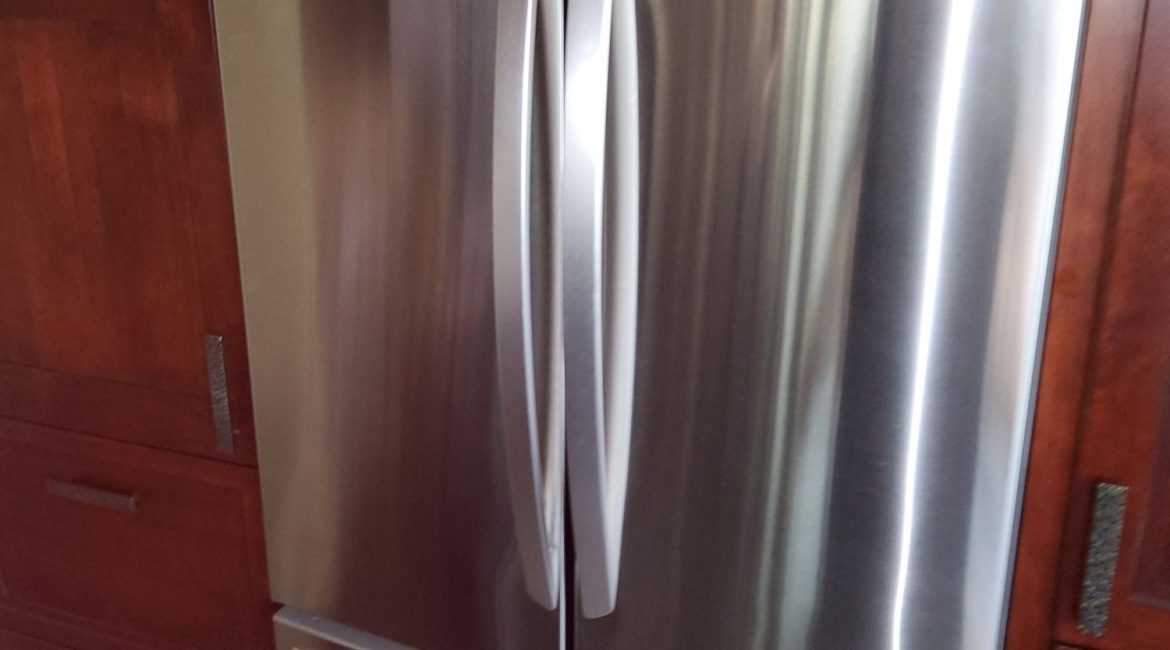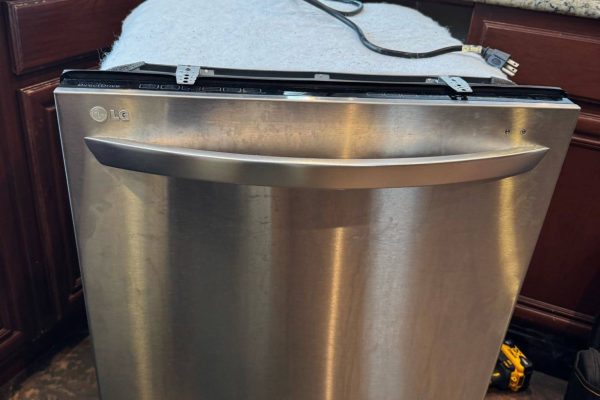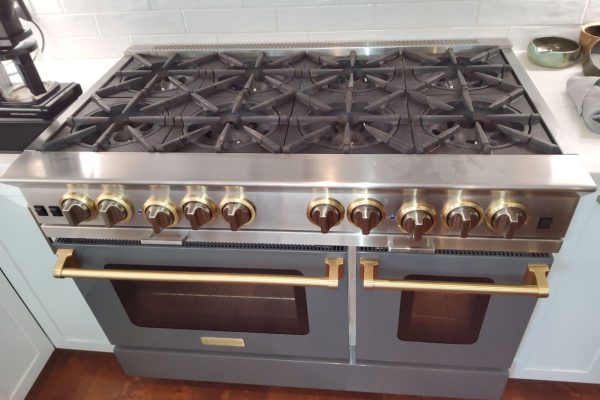A refrigerator is designed to keep food at a stable, safe temperature from top to bottom. When everything works as it should, cool air circulates evenly, ensuring that produce stays crisp, dairy remains fresh, and frozen goods stay at the correct temperature. However, one of the most common issues homeowners face is uneven cooling across shelves — where some items freeze while others remain too warm. This problem not only affects food quality but can also lead to unnecessary energy consumption and expensive spoilage.
The two primary causes of uneven cooling in modern refrigerators are a faulty air diffuser or obstructed airflow channels. Both problems can appear similar but require different approaches for diagnosis and repair. Understanding these issues will help you react promptly and avoid further damage to the appliance.
What Causes Uneven Cooling?
Uneven temperature distribution inside the refrigerator typically occurs when cold air cannot move freely from one section to another. Since refrigerators rely on consistent airflow, any disruption will cause hot and cold spots. The most common points of failure include:
1. Faulty Air Diffuser
The air diffuser is a small yet essential component that controls the flow of cold air from the freezer compartment to the refrigerator section. It opens and closes depending on the temperature demand.
When the diffuser becomes defective, several things can happen:
- It may remain open, causing the top shelves to become too cold and even freeze food.
- It may remain closed, leading to the lower shelves staying warm while the freezer works harder than necessary.
- It may open and close intermittently due to internal mechanical wear or temperature sensor issues, creating noticeable temperature fluctuations.
A malfunctioning diffuser often causes uneven cooling between the upper and lower compartments, and in some cases, unusual noises may be heard as the system attempts to regulate air movement.
2. Obstructed Airflow Channels
Inside every refrigerator are vents and channels that allow cold air to circulate. These can become blocked by:
- Overfilled shelves
- Food containers pushed too close to the walls
- Ice formation in or around the vents
- Dust buildup in hidden internal ducts
When airflow is obstructed, some areas receive more cold air than needed, and others receive too little. This problem is especially common in units that are frequently packed tightly or have not been defrosted in a long time.
Warning Signs You Should Watch For
When uneven cooling begins, it rarely resolves on its own. Look for these indicators:
- Top shelf freezing while bottom shelf stays warm
- Produce spoiling quickly despite being kept in drawers
- Ice buildup around vents or diffusers
- The refrigerator running constantly or cycling irregularly
- Condensation inside the compartments
- Noticeable difference in temperature between the left and right sides of the fridge
Ignoring these signs can lead to further complications, such as compressor strain or expansion of frozen air channels, eventually resulting in more expensive repairs.
How the Issue Affects Your Appliance
Uneven cooling does not just affect food quality — it affects the entire appliance:
- The compressor may overwork itself trying to compensate for temperature inconsistencies.
- Electrical components may wear out faster.
- Ice formation inside channels may lead to partial blockages.
- The defrost system may struggle to maintain balance.
Over time, what begins as a minor airflow issue can turn into a major mechanical failure.
Can You Fix It Yourself?
While you can address some minor airflow obstructions yourself, diffuser-related issues or internal blockages usually require professional inspection.
You can try:
- Reorganizing stored items to prevent blocking vents
- Clearing visible frost or ice buildup
- Checking that doors seal properly and are not overloaded
- Cleaning or replacing air filters, if your model includes them
However, diagnosing whether the diffuser motor, flap mechanism, or temperature sensor is malfunctioning requires tools and experience. The diffuser is typically located behind panels that should only be opened by trained technicians to avoid damaging wiring or internal components.
Why Professional Service Is the Best Option
Modern refrigerators rely on complex airflow systems controlled by sensors and electronic modules. A trained technician can:
- Test the diffuser for mechanical or electrical failure
- Inspect channels for hidden ice blockages
- Ensure temperature sensors are functioning correctly
- Check for control board problems that may affect airflow regulation
Early diagnosis prevents unnecessary energy waste, food spoilage, and costly breakdowns.
If your refrigerator has started cooling unevenly or you suspect a faulty diffuser, it is best not to wait. Timely repair protects your appliance and saves you money in the long run.
For fast, reliable, and professional refrigerator repair, contact Oceanside Appliance Service Center today. Our specialists will diagnose the problem and restore your appliance to perfect working condition. Call now and schedule your service appointment.
Contact us


